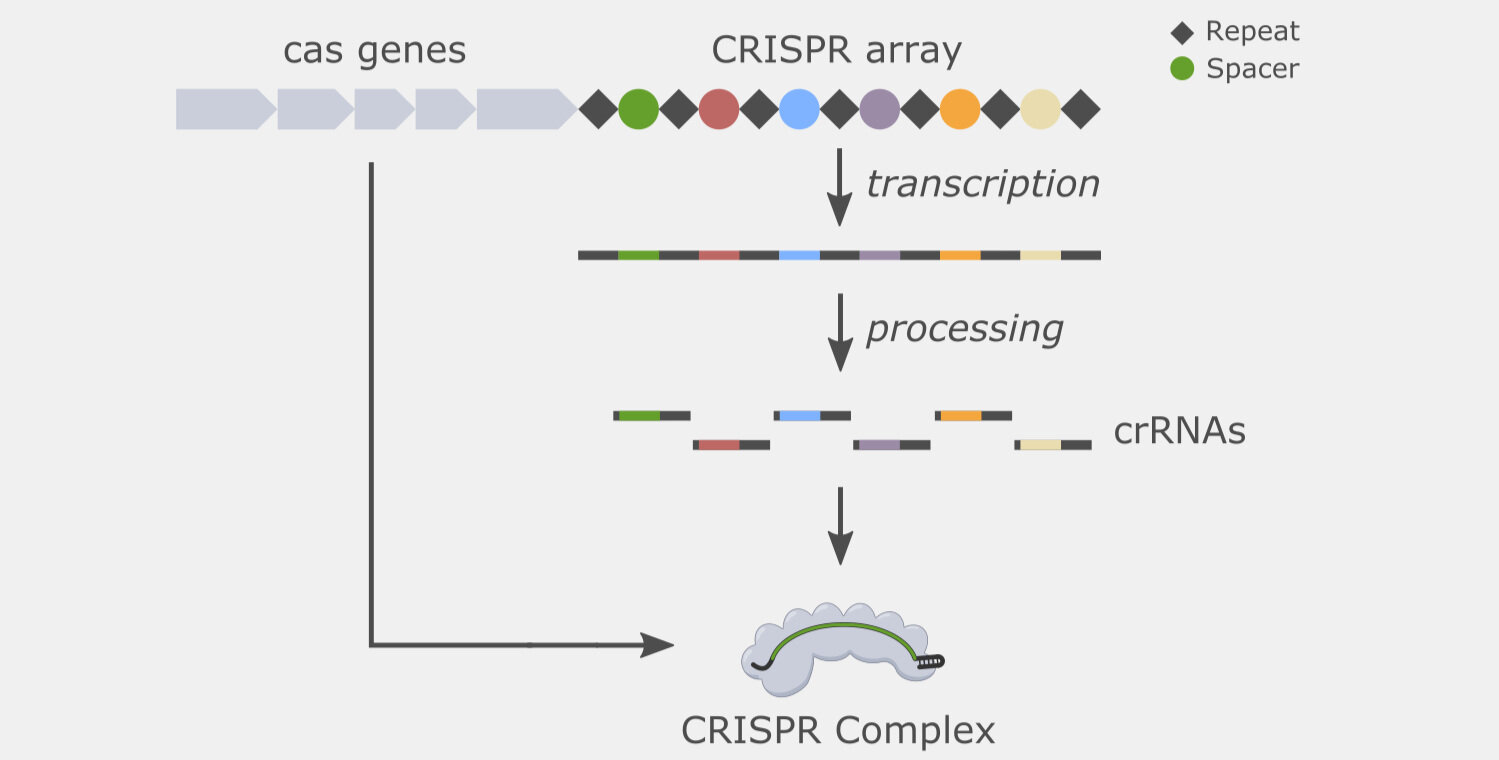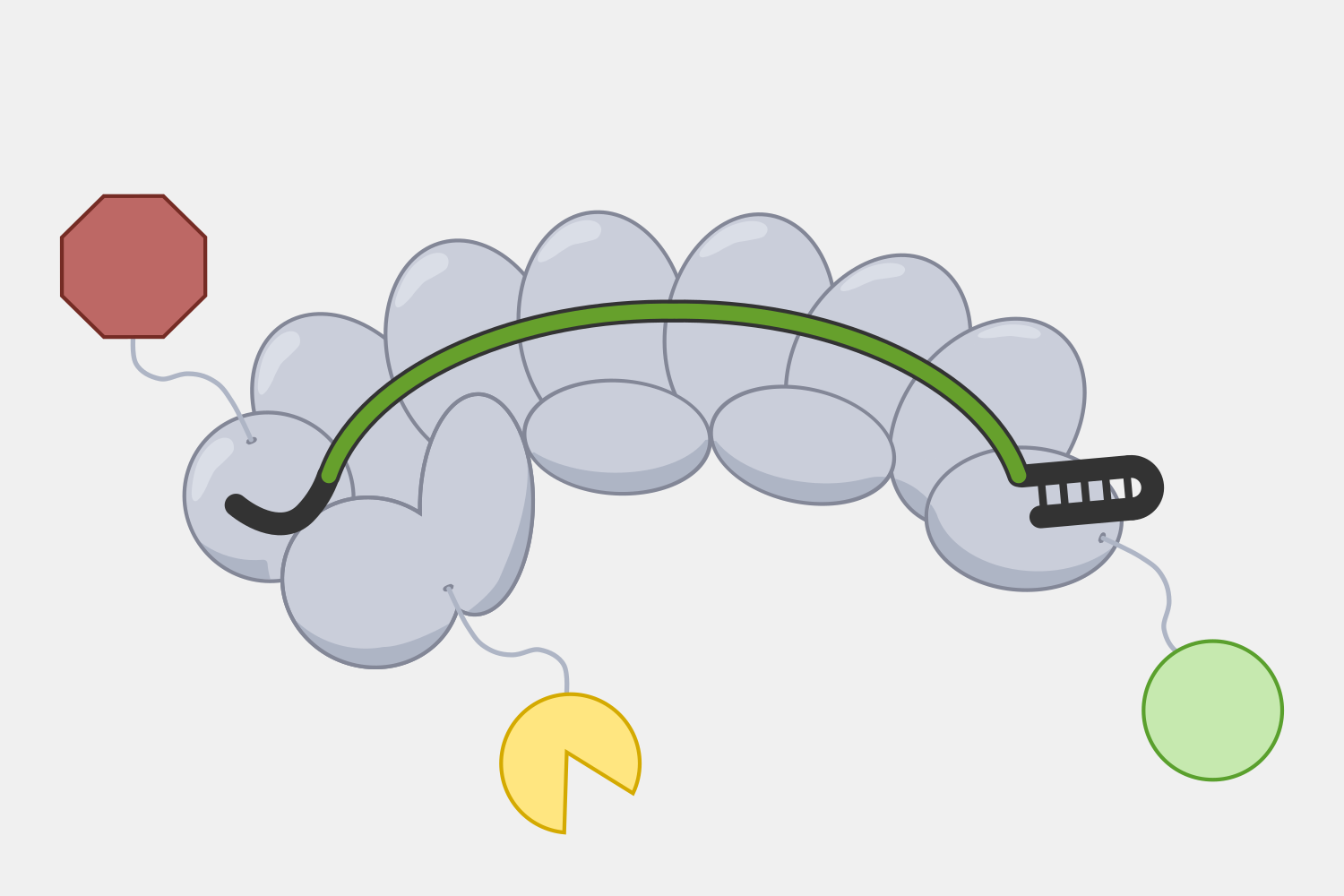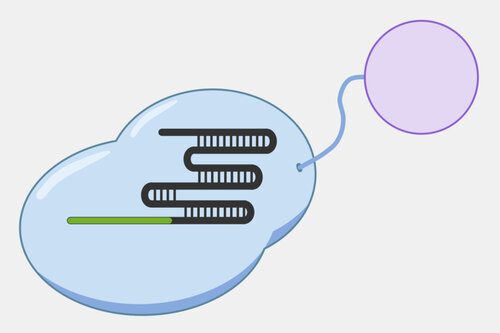Type I systems are the most wide-spread CRISPR systems in nature. Like the more-well known Type II systems, Type I systems identify and cleave double-stranded DNA from phages, but they use a multi-subunit CRISPR complex to do so. Read more to learn how Type I interference works.
Read MoreType III CRISPR systems use a multi-subunit complex and are unique in that they only cleave phage DNA that is actively being transcribed. Type III interference is complex and allows for different outcomes depending on the conditions of an infection, including potentially triggering cell dormancy or death. Read more to learn how Type III interference works.
Read MoreType I systems are the most abundant CRISPR systems and were the first to be studied. While the Type II CRISPR-Cas9 systems have been popular for tool development, some researchers are taking advantage of certain features of Type I system basic biology to develop molecular biology tools. Learn more on our Type I Tools page.
Read More










